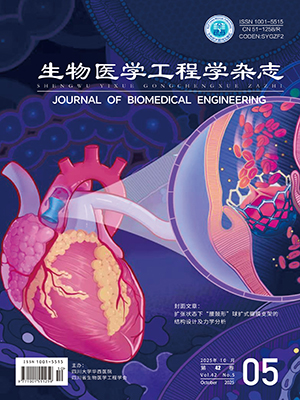In order to meet the need of autonomous control of patients with severe limb disorders, this paper designs a nursing bed control system based on motor imagery-brain computer interface (MI-BCI). In view of the low decoding performance of cross-subjects and the dynamic fluctuation of cognitive state in the existing MI-BCI technology, the neural network structure optimization and user interaction feedback enhancement are improved. Firstly, the optimized dual-branch graph convolution multi-scale neural network integrates dynamic graph convolution and multi-scale convolution. The average classification accuracy is higher than that of multi-scale attention temporal convolution network, Gram angle field combined with convolution long short term memory hybrid network, Transformer-based graph convolution network and other existing methods. Secondly, a dual visual feedback mechanism is constructed, in which electroencephalogram (EEG) topographic map feedback can improve the discrimination of spatial patterns, and attention state feedback can enhance the temporal stability of signals. Compared with the single EEG topographic map feedback and non-feedback system, the average classification accuracy of the proposed method is also greatly improved. Finally, in the four classification control task of nursing bed, the average control accuracy of the system is 90.84%, and the information transmission rate is 84.78 bits/min. In summary, this paper provides a reliable technical solution for improving the autonomous interaction ability of patients with severe limb disorders, which has important theoretical significance and application value.
Citation: WANG Pai, JI Xingxing, WANG Jiali, YU Xiaojun. Brain computer interface nursing bed control system based on deep learning and dual visual feedback. Journal of Biomedical Engineering, 2025, 42(5): 1021-1028. doi: 10.7507/1001-5515.202504047 Copy
Copyright © the editorial department of Journal of Biomedical Engineering of West China Medical Publisher. All rights reserved




